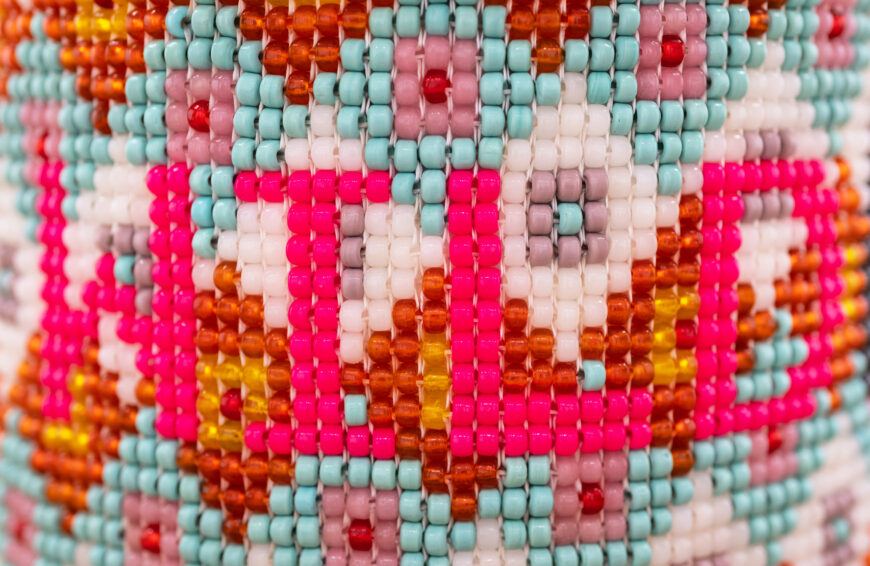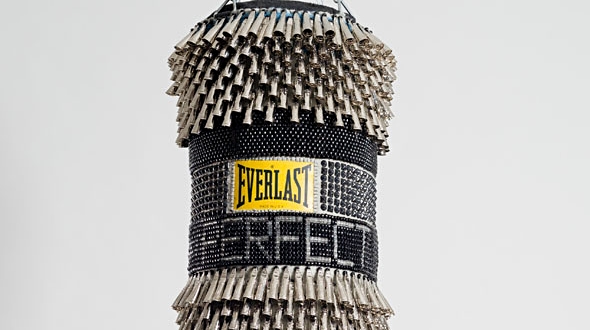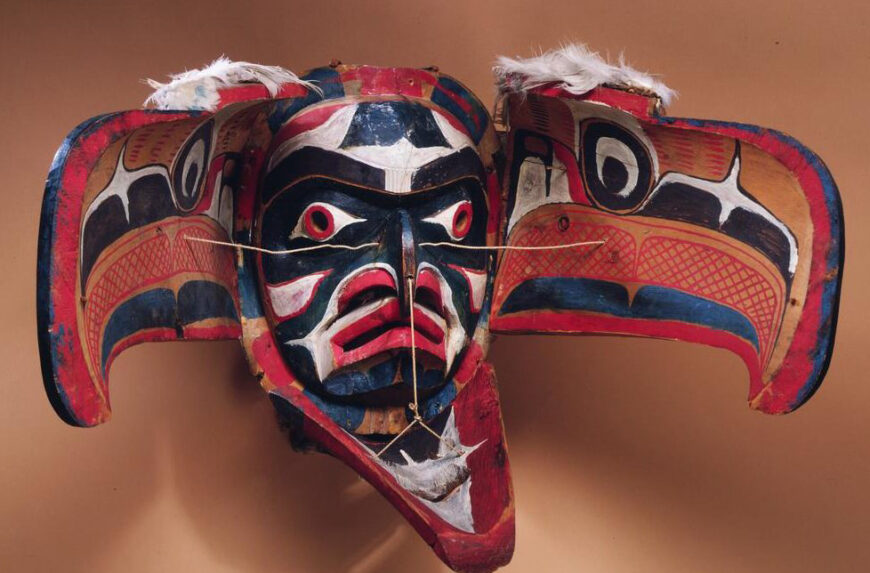What is a potlatch? And how is it related to this totem pole?
Haida potlatch pole, 19th century, from the village of Old Kasaan, exact dimensions unknown (Totem Heritage Center, Ketchikan, Alaska). Speakers: Teresa DeWitt and Dr. Lauren Kilroy-Ewbank





